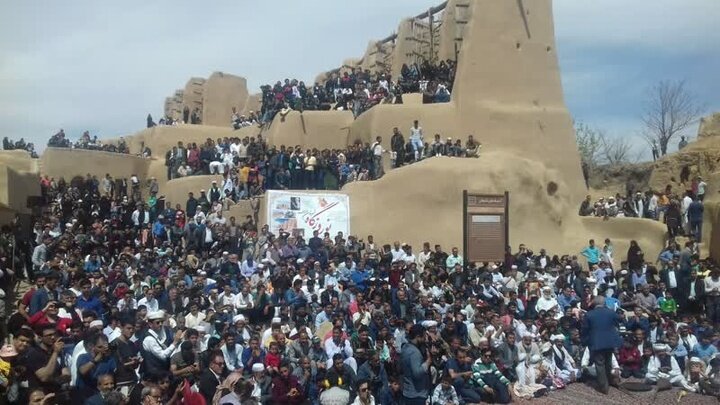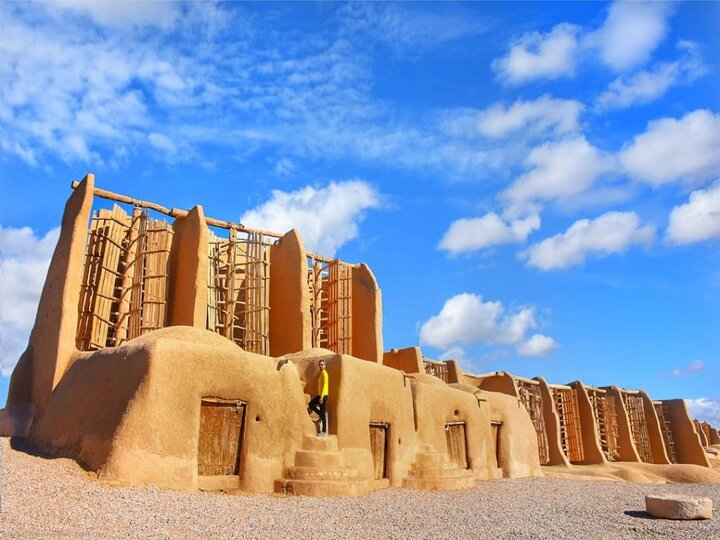Nashtifan’s Nowruz festival registered in Iran’s national tourism calendar

TEHRAN – Nowruzgah of Nashtifan, a special annual festival held on the occasion of Nowruz, the Persian New Year, has been officially registered in Iran’s national tourism calendar.
Hashem Seyfi, the acting governor of Khaf county, announced this development on Monday, emphasizing the festival’s role in preserving and reviving ancient customs and traditions for future generations.
Nowruz, celebrated as the Persian New Year, is a vibrant cultural festival that highlights Iran’s rich heritage. Seyfi noted that Khaf, with its deep historical and cultural roots, offers a wealth of traditions related to Nowruz, making the festival an excellent platform to showcase traditions passed down from generation to generation.
Also, Mahmoud Ba’aqideh, head of Khawaf’s Cultural Heritage, Tourism, and Handicrafts office, elaborated on the choice of a Nashtifan windmills’ site as the festival’s venue. The site’s historical significance, its tentative UNESCO listing, proximity to eco-tourism facilities, and easy access for tourists were key factors in the selection.
The festival will feature symbolic enactments of traditional Nowruz rituals, including Shahnameh recitations, traditional music, local games, and a handicrafts exhibition. These activities aim to provide visitors with an immersive cultural experience, Ba’aqideh explained.
Nowruz, recognized globally and listed as an intangible cultural heritage by UNESCO, is celebrated on March 21. The United Nations General Assembly officially recognized Nowruz as an international day in 2010, reflecting its significance beyond Iran’s borders. The festival continues to be a vital aspect of Iranian culture, connecting people across generations and geographies.
Nashtifan’s windmills

The tiny village of Nashtifan is home to several windmills called Asbads by the locals, a centuries-old technique to harness wind power.
Made of clay, wood, and straw, those Asbads are perched on a cliff overlooking the village.
Asbad development took place due to strong and continuous 120-day winds, which annually sweeps through the east and southeast of the Iranian Plateau from late May to late September.
UNESCO says Asbad is a smart technique to grind grains, a technique which goes back to ancient times when the people living in the eastern parts of Iran, in an attempt to adapt themselves to nature and transform environmental obstacles into opportunities, managed to invent it.
AM
Leave a Comment